
Hamlet
¥40.79
New adaptation of 'Hamlet' for a modern black theatrical production. Remember me… Denmark, a Black Empire of modern England, where an intelligent young student discovers the world he once knew has crumbled. Implored to defend what is left of his father’s decaying legacy, Hamlet now faces the greatest moral challenge – to kill or not to kill. Directed by Jeffery Kissoon (RSC, National Theatre, Robert Lepage, Peter Hall and in Peter Brook’s seminal production of The Mahabharata) and adapted with Shakespeare’s text by award-winning playwright Mark Norfolk, this fast-moving version gets straight to the heart of a young man’s dilemma. This first all-black production of Hamlet in Britain makes a striking contribution to the Shakespeare 400 anniversary celebration. For ages 12+
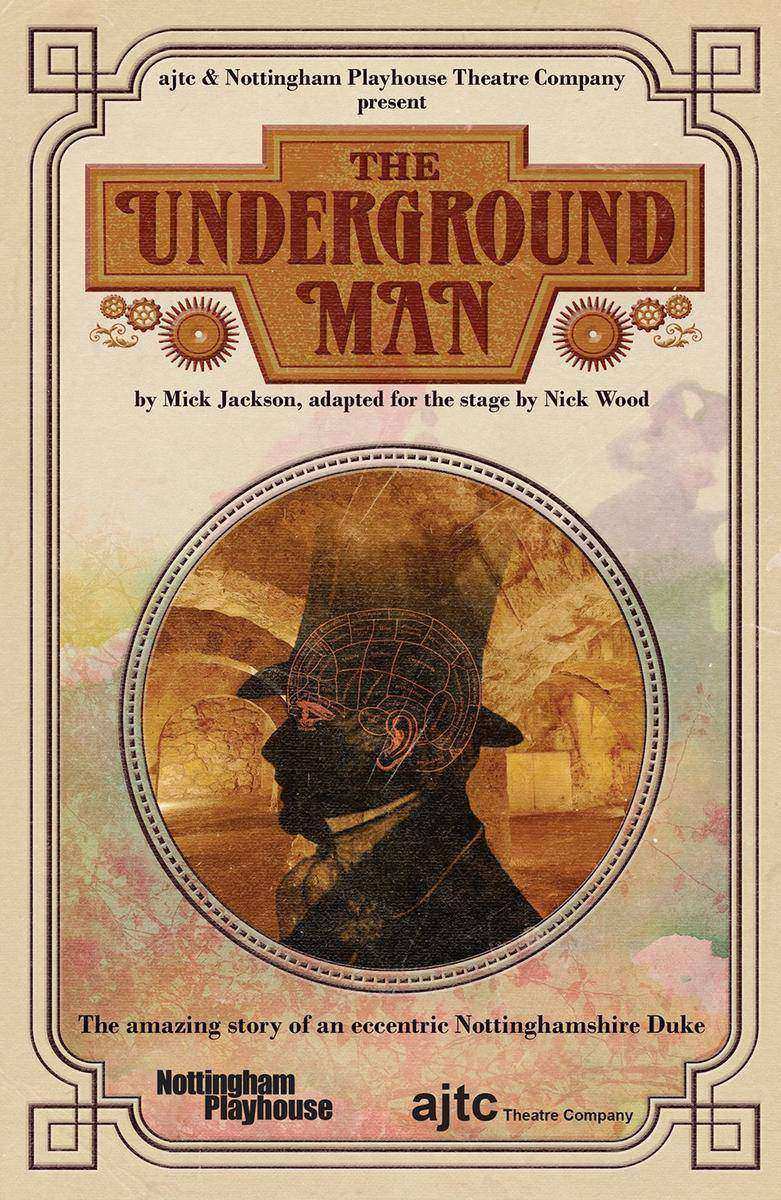
The Underground Man: adapted for the stage
¥40.79
A life of fascination, obsession and deep scientific curiosity. William Cavendish-Scott-Bentinck is an eccentric Nottinghamshire aristocrat whose imagination and curiosity know no bounds. This deceptively simple man struggles to come to terms with a world that is teeming with new knowledge, ill-founded opinion and?gossip. Why does he hide himself away? What is his fascination with tunnels? Will he ever unearth the secrets hidden in his memory? In a sequence of events that are often curious and frequently hilarious he reveals moments of surprising perception and wisdom. Nottingham Playhouse and ajtc have combined their talents to co-produce Nick Wood’s stage adaptation of Mick Jackson’s Booker Prize shortlisted novel. The result is a free-flowing, innovative performance which features live music and a specially commissioned score. The Underground Man is a delectable blend of fact and fiction in which the intriguing details of a complex life are richly explored through the vibrant imagination of a gentle soul.
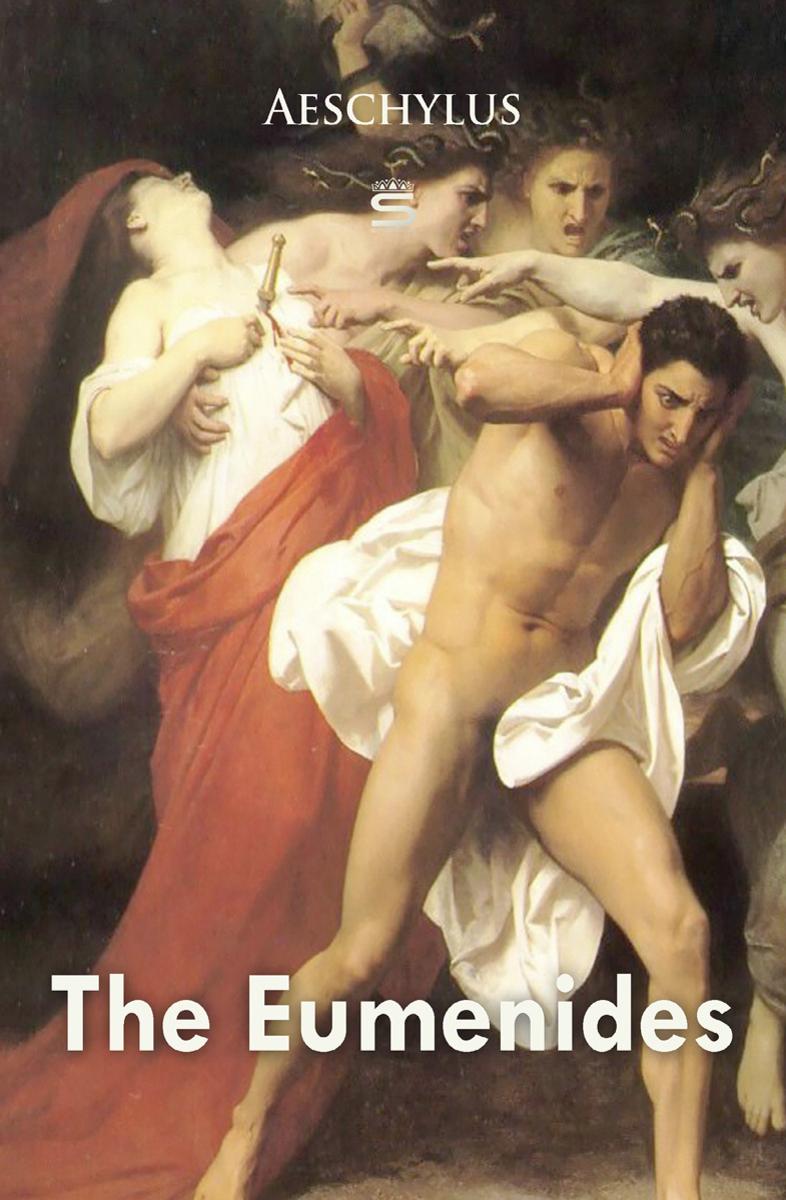
The Eumenides
¥40.79
Orestes, Apollo, and the Erinyes go before Athena and eleven other judges chosen by her from the Athenian citizenry at the Areopagus (Rock of Ares, a flat rocky hill by the Athenian agora where the homicide court of Athens later held its sessions), to decide whether Orestes's killing of his mother, Clytemnestra, makes him guilty of the crime of murder.
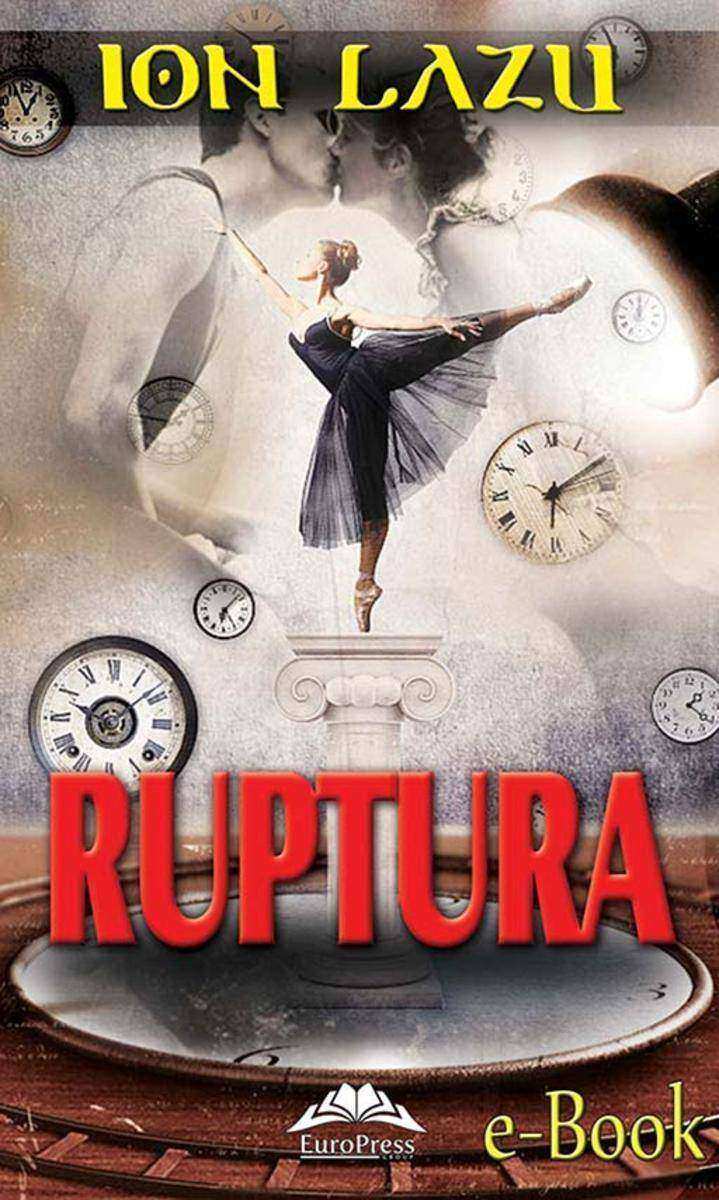
Ruptura
¥40.79
Referindu-se la Pesc?ru?ul ?ntr-o scrisoare din octombrie 1895, Cehov nota, ?ntre altele: ?Scriu o pies? pe care probabil nu o voi termina p?n? la sf?r?itul lui noiembrie. O scriu nu f?r? pl?cere, de?i m? tem de conven?iile scenei. E o comedie, exist? trei roluri pentru femei, ?ase pentru b?rba?i, patru acte, peisaje (priveli?tea unui lac), o mul?ime de conversa?ii despre literatur?, pu?in? ac?iune, mult? iubire“. Premiera s-a dovedit dezastruoas?, editorul s?u aduc?ndu-i acuze ca, pild?, la?itatea evident?, caracterul din cale afar? de feminin. Con?tient de geniul s?u, Cehov riposteaz?: ?De ce aceast? calomnie? Dup? reprezenta?ie am luat cina la Romanovi. Pe cuv?ntul meu de onoare. Apoi m-am dus la culcare, am dormit s?n?tos ?i a doua zi am mers acas? f?r? a suspina vreo nemul?umire. Dac? a? fi fost un la?, a? fi alergat de la un editor la altul ?i de la un actor la altul, i-a? fi implorat s? fie ?ng?duitori ?i a? fi petrecut dou? trei s?pt?m?ni ?n Petersburg, agit?ndu-m? cu Pesc?ru?ul meu, cu emo?ie, cu o transpira?ie rece ?n lamenta?ii. Am ac?ionat at?t de rece ?i de responsabil precum un om care a f?cut o ofert? ?i apoi a fost ?nt?mpinat cu un refuz ?i nu mai are nimic altceva de f?cut dec?t s? plece. ?ntr-adev?r, vanitatea mea a fost n?ucit?, dar ?ti?i, nu a fost o lovitur? din senin. A?teptam un e?ec ?i m? preg?tisem pentru el precum te-am prevenit cu o absolut? sinceritate“.
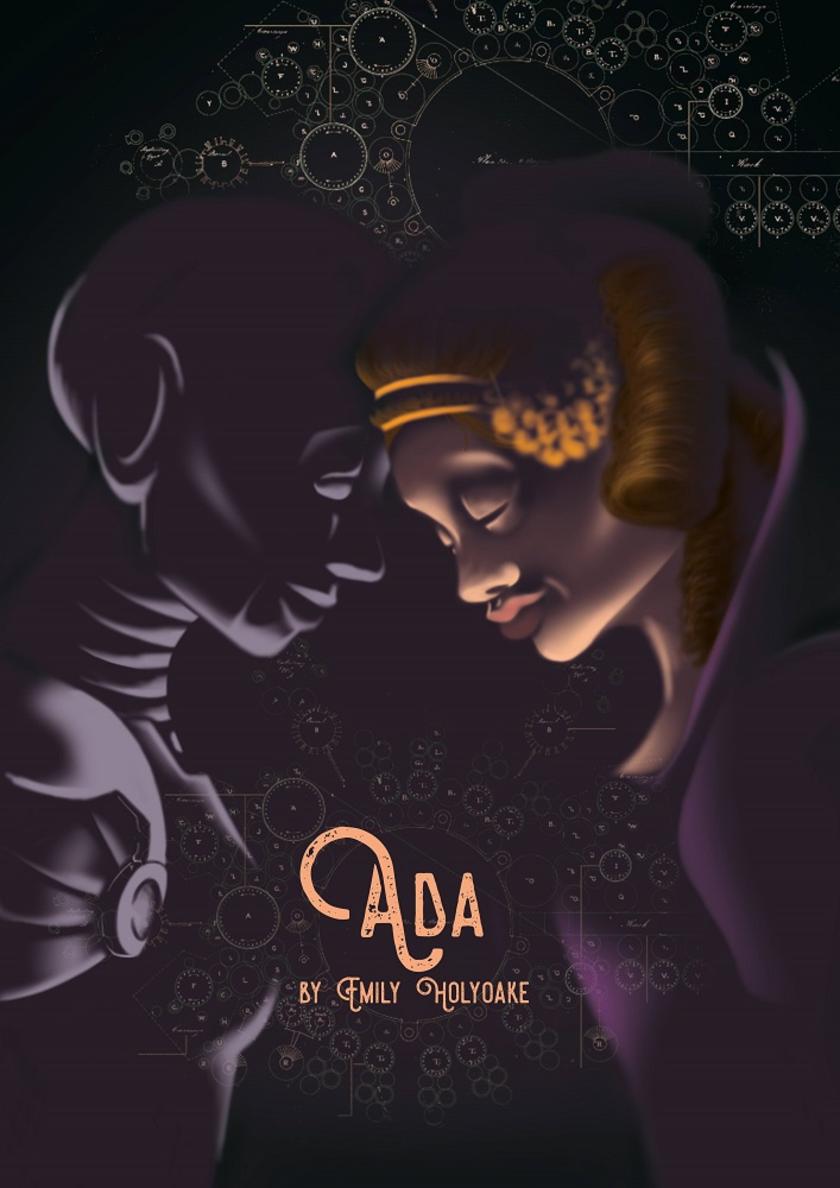
Ada
¥40.79
Play about Ada Lovelace, the first computer and Artificial Intelligence today. Suitable for schools, colleges and youth groups.Offers good roles for girls/women to perform relating to STEM subjects.“You may turn the handle, and I will whirr and calculate without error!”Decades before the first computers are built, Ada imagines machines that can do anything, even compose beautiful pieces of music. Far beyond Ada’s future, a learning machine called Ginny breaks free of her routine and tests the boundaries of what ought to be possible.ADA is an intricate re-telling of the life and legacy of Ada Lovelace, pioneer of computing, paralleling her history with a contemporary story about the potential of artificial intelligence.

The Naturalists
¥40.79
In the aftermath of The Troubles, two brothers near the border to the North, harbour a guilty secret... “Look, there’s no rules of the road out there. Not any more. So how do ya live? Ya use the only thing ya can. Best compass a man has. Only compass a man has. His own heart.” Set in a rural hamlet in Ireland, the isolated lives of two brothers are disturbed by the arrival of a mysterious young woman. This is a story about secrets, atonement, and how, through the forces of love and nature, damaged lives are redeemed. Reviews? “The Pond Theatre Company’s latest production, a world premiere of?The Naturalists?by Jaki McCarrick, promises naturalistic contemporary drama. It delivers on that promise with a well-crafted family drama defined by the 1979 Massacre at Narrow Water.”?Adrienne Sowers,?The Reviews Hub “Lovers of Irish theater and down-to-earth naturalism should like this one.” Diana Barth,?The Epoch Times “Perhaps unsurprising given the title, the play is striking for its naturalism.? Ms. McCarrick’s characters, especially as performed by this outstanding, all-Irish born leading trio, are painfully real and captivating to observe.” Robert Russo,?Stage Left “The Naturalists?introduces us to?Jaki McCarrick, whom we will surely be hearing from again, such is her gift for singular,?sharply drawn characters and dialogue with a touch of the lyric about it.” David Barbour,?Lighting and Sound America “This is fresh and authentic theater. The direction is deft. The characters capture you quickly; you never doubt them.??The script is a glimpse of a moment fraught with all the breakage engendered in the Troubles before, all the specific damage visited on these four people, and all the slim hopes of redemption.” Kathleen Campion,?Front Row Center? “McCarrick puts all the poetry of the play into Francis. He’s bursting with knowledge about the natural world and has the love of teaching others this as well.” Nicole Serratore,?Exeunt NYC “The Naturalists is a compelling look at how one’s “secret” past can suddenly and unexpectedly encroach on the present and delay one’s progress into the future.” David Roberts,?Theatre Reviews Limited ? Jaki McCarrick Jaki McCarrick is an award-winning writer of plays, poetry and fiction. She won the 2010 Papatango New Writing Prize for her play LEOPOLDVILLE, and her play BELFAST GIRLS, developed at the National Theatre London, was shortlisted for the Susan Smith Blackburn Prize and the 2014 BBC Tony Doyle Award. BELFAST GIRLS premiered in Chicago in May 2015 to much critical acclaim (Windy City Times Critics’ Pick) and opened this spring in Vancouver. The West Coast Premiere of the play opens on November 17th in Portland Oregon. Jaki has also recently been selected for the Irish Film Board’s Talent Development Initiative to adapt BELFAST GIRLS for the screen. ?In 2015, her plays BELFAST GIRLS, LEOPOLDVILLE and THE MUSHROOM PICKERS (staged at the Southwark Playhouse in 2006 to several 4 Star reviews), were published by Samuel French. Her play BOHEMIANS was read at RADA on January 18th 2017, starring Imogen Stubbs and Rob Jarvis, directed by Tilly Vosburgh. In 2016 Jaki was shortlisted for the St. John’s College, Cambridge’s Harper-Wood Studentship for her short play TUSSY about Eleanor Marx, a piece she is currently developing. ? Jaki also won the 2010 Wasafiri prize for short fiction and followed this with the publication of her debut story collection, The Scattering, published by Seren Books. The book was shortlisted for the 2014 Edge Hill Prize. Winner of the inaugural John Lennon Poetry Competition, she has also had numerous poems published in literary journals including Ambit, Poetry Ireland Review, Irish Pages, Blackbox Manifold etc. ? Recently longlisted for the inaugural Irish Fiction Laureate, Jaki is currently editing her first novel and a second collection of short stories called Night of the Frogs. Screenplay projects also include adaptations of her short story Hellebores and her first play, THE MUSHROOM PICKERS. ? She has held numerous residencies including Writer-in-Residence at the Centre Culturel Irlandais in Paris & also regularly writes arts pieces for the Times Literary Supplement (TLS), The Irish Examiner and other publications

The Cherry Orchard: A comedy in four acts
¥40.79
Inspired by experiences in Chekhov's own life, Cherry Orchard follows life of an aristocratic Russian woman and her family as they return to the family's estate. Written as a comedy and containing elements of farce, Stanislavski directed the play as a tragedy in Moscow. Since this initial production, many prominent directors of the world continue to stage this play, each interpreting the work differently.
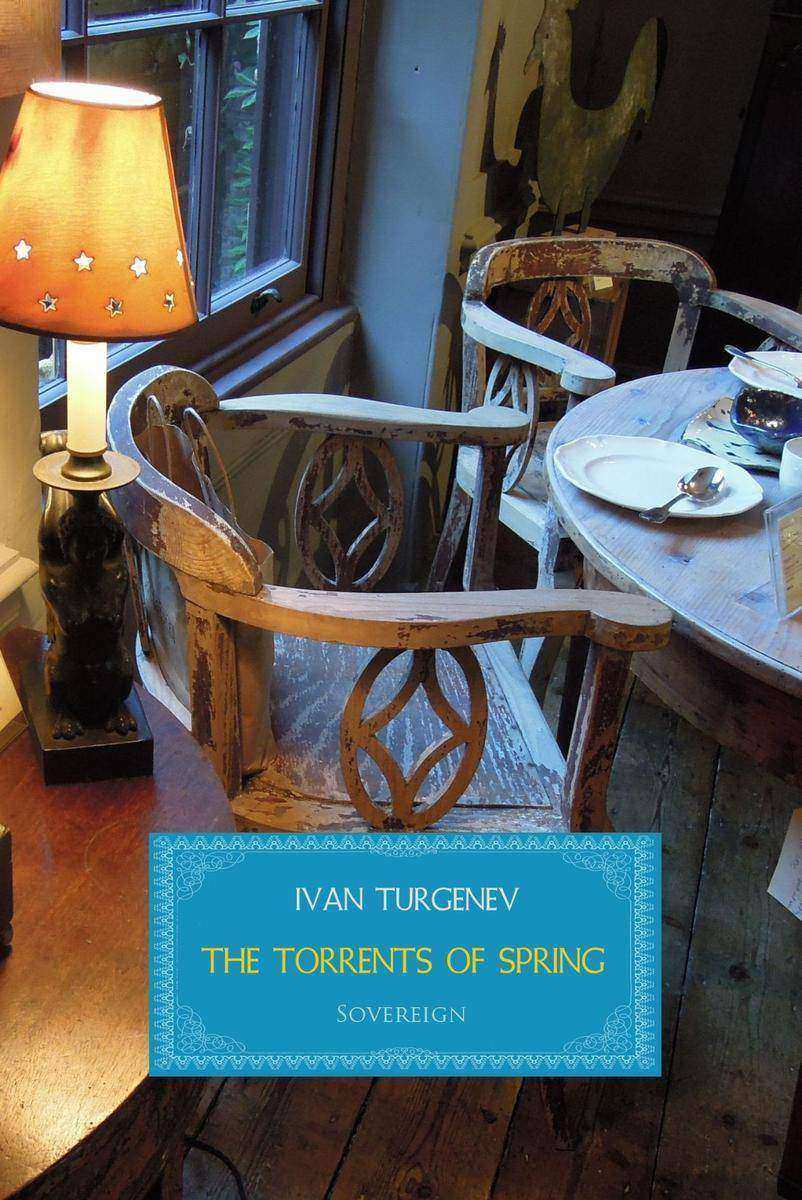
The Torrents of Spring
¥40.79
The story follows a young Russian landowner named Dimitry Sanin who falls deliriously in love for the first time while visiting the German city of Frankfurt. It is widely held as one Turgenev's greatest novels as well as being highly autobiographical in nature.
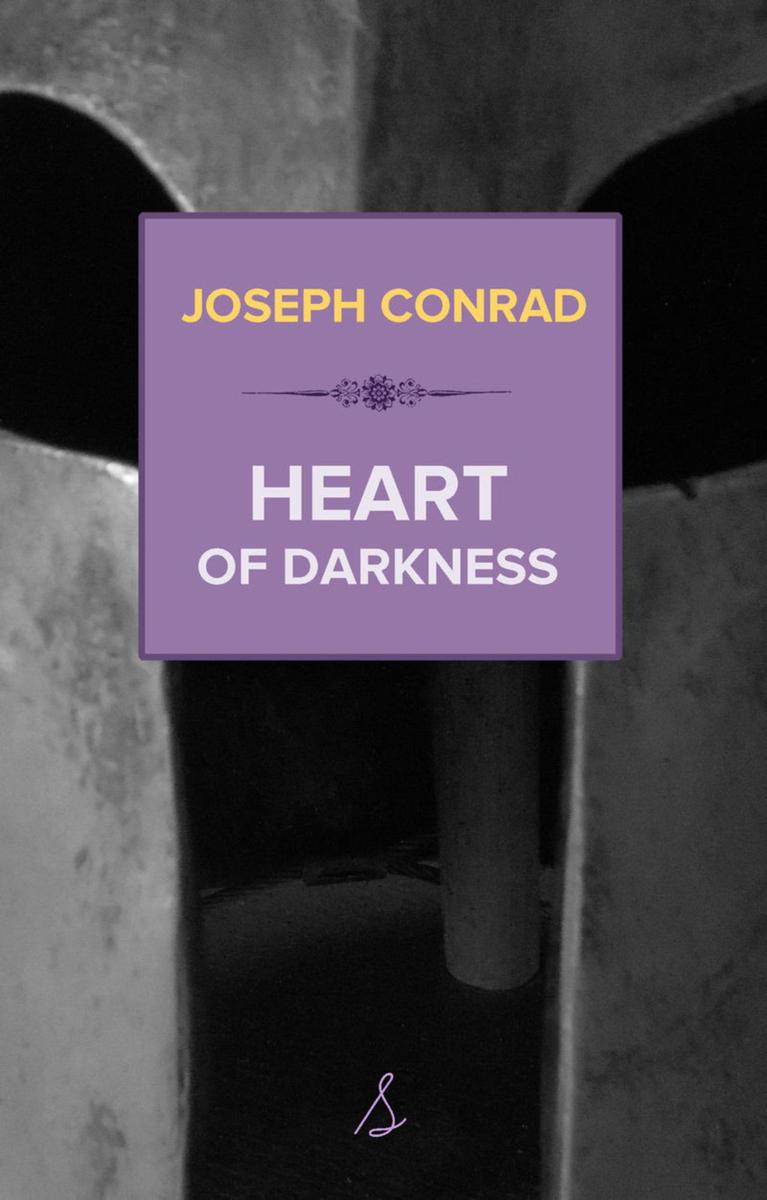
Heart of Darkness
¥40.79
In this symbolic story we follow Charles Marlow as he recounts his adventure to a group of men aboard a ship anchored in the Thames Estuary from dusk through to late night. The passage of time and the darkening sky during Marlow's narrative parallels the atmosphere of the events he narrates.
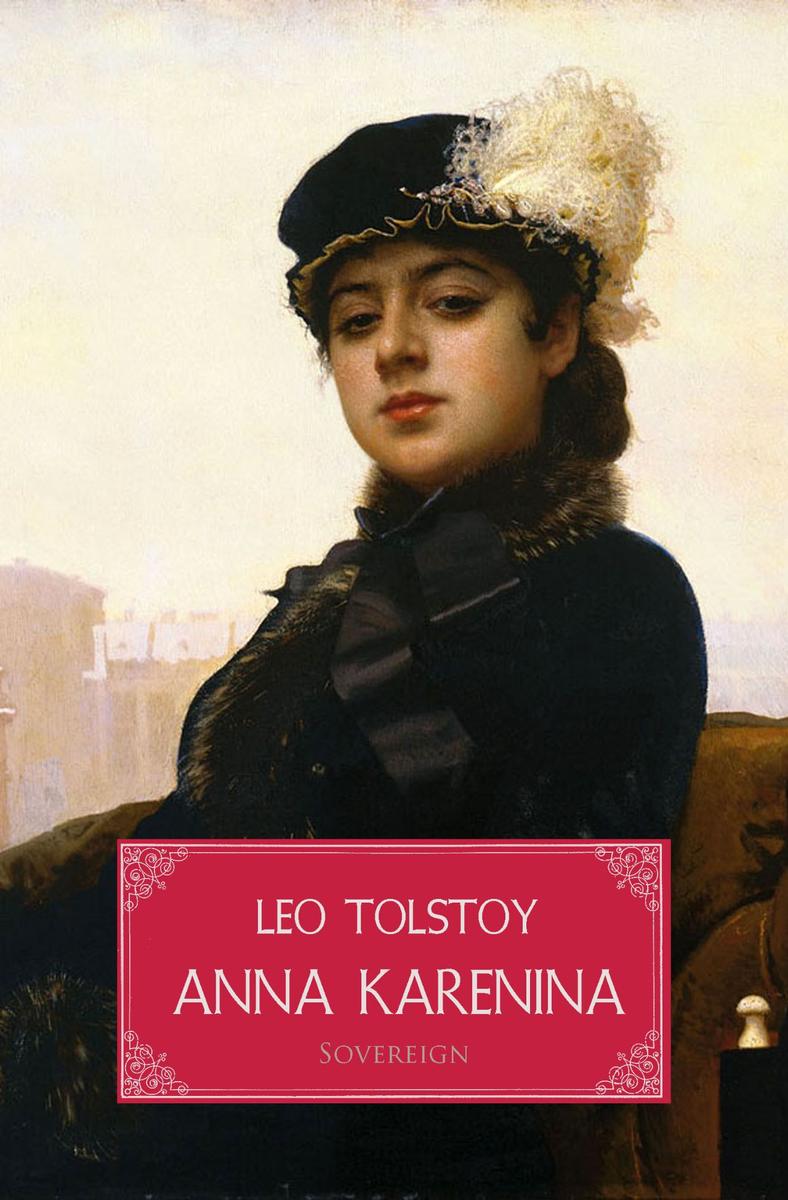
Anna Karenina
¥40.79
Anna Karenina is one of the greatest novels written by Leo Tolstoy, often credited as the pinnacle of realist fiction, and described by Tolstoy himself as his first true novel.

Odio A Primera Vista
¥40.79
Cynthia había perdido las dos cosas que más amaba en el mundo: primero Peter, el hombre con el que se iba a casar, y luego Birch Vale, la finca que había sido el orgullo de su familia. Ella no había podido ayudar a no perder a Peter. Birch Vale era otro asunto. Quizás ella podría aferrarse a eso. Pero estaban las deudas de su padre para pagar ... Al final, vendió la propiedad a un hombre ardiente llamado Robert Shelford, un hombre misterioso, al que odiaba a pesar de su buena apariencia y a pesar de la resistencia de Cynthia, Shelford, se propuso atraerla a su vida, una vida llena de escándalo, misterio y pasión…
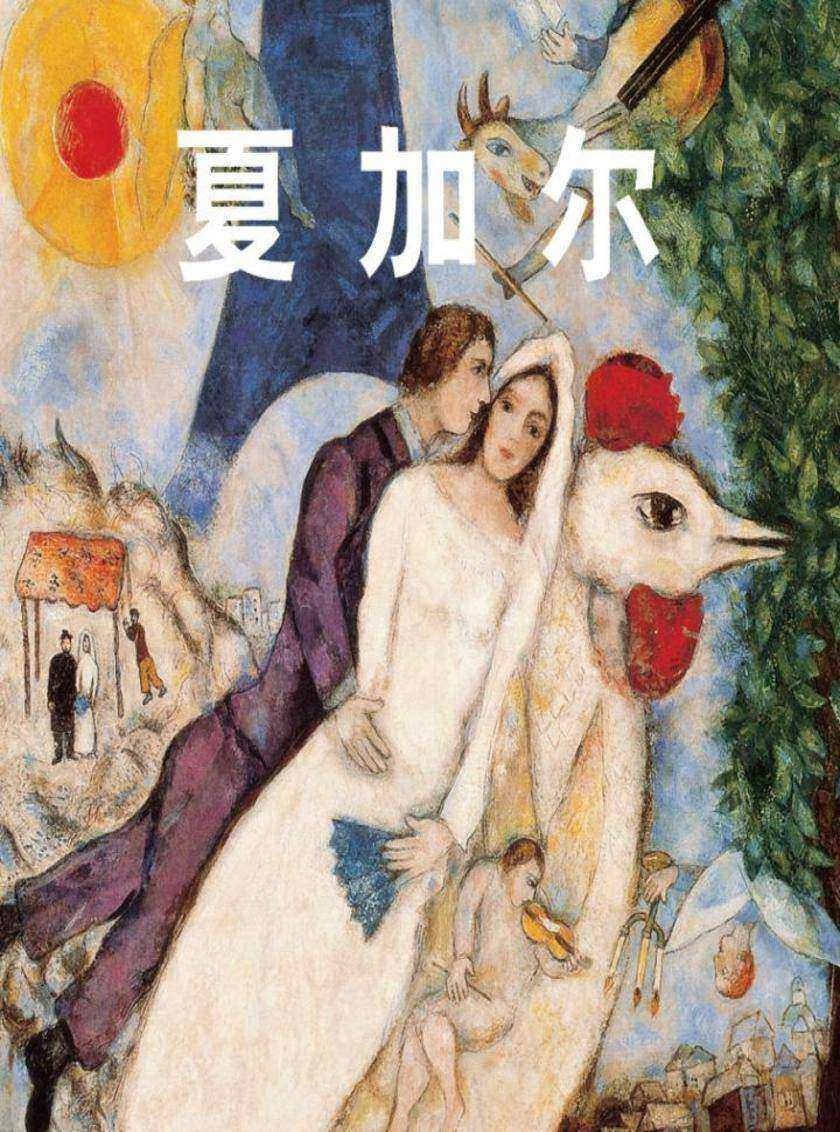
Chagall
¥40.79
马克·夏加尔出生于一个家风严谨的犹太家庭,人性被教条主义压抑。1910年他搬到巴黎,希望“探索万物”。对于他欣赏的作品,夏加尔率直地学习,他摆脱了自己的年轻的尴尬,却不失内心的真挚。他从细微处着手,认真反映世纪的变化,作品自然地带有塞尚的艺术感觉,莫迪利亚尼的精妙灵感,以及早期立体派的几何形画面结构的复杂感。夏加尔的画作里总有一些神秘感,那也许是他作品的本性,源于他的经历与记忆。

Picasso
¥40.79
毕加索出生于西班牙,正如人们说的那样,他还未呀呀学语就已经开始了涂鸦。在1899年到1900年期间,毕加索绘画的主题是"终真理",即人生的虚幻无常和死亡的不可避免。在早期作品后是他的“蓝色时期”,然后是“玫瑰时期”,在1906年冬至1907年春期间,裸体女性形象对毕加索来说尤其重要,他独自完成了一幅不同寻常的画作《亚威农的少女》。1908年秋天,毕加索和乔治·布拉克成为了朋友,并且共同领导了立体派*的六年。在二十世纪二十年代期间,毕加索的画风回到了一种更形象化和接近于超现实主义的风格,在他晚年成名之前,他开始临摹艺术大师的画作,比如委拉斯奎兹,普桑,戈雅,马奈,库尔贝和德拉克洛瓦。
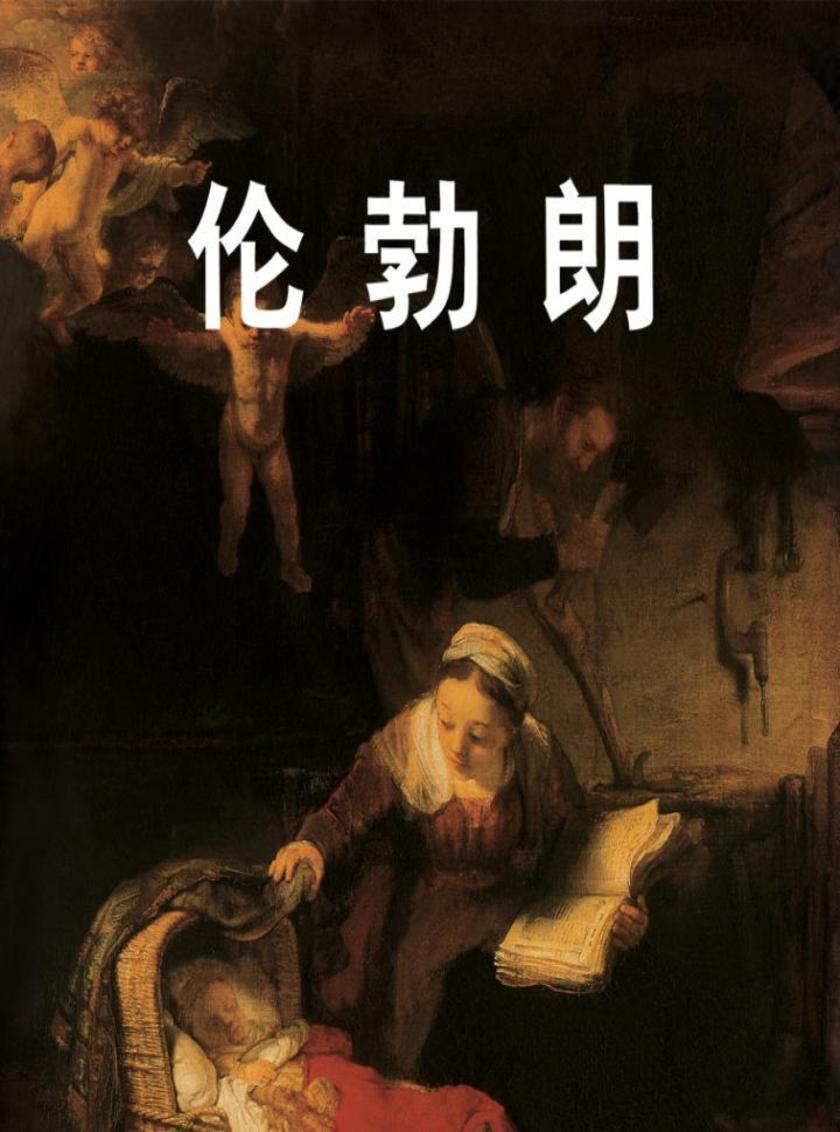
Rembrandt
¥40.79
伦勃朗的思想、生活和工作都是神秘的,我们只能够通过他的画作和他琐碎的或者说悲惨的不幸生活来猜测他的本性。悲剧的元素被他画在每一幅画上,不论主题;他的画作有不平等的也有崇高的,这可以被看做是这个混乱的存在所引发的不可避免的后果。然而在绘画方面,他并没有马上找到让我们赞美的在成熟的晚期作品中体现出的大胆、多样和原创性的方法来表达那些他不得不说的却又让人费解的东西。尽管有些微妙,但在他全盛时期,那些野蛮的判定也确实有助于他远离社会纷扰。他满怀好奇前往伟大的威尼斯,学习神话和宗教,他还从现实生活和其他人的画作吸收知识形成自己的风格。
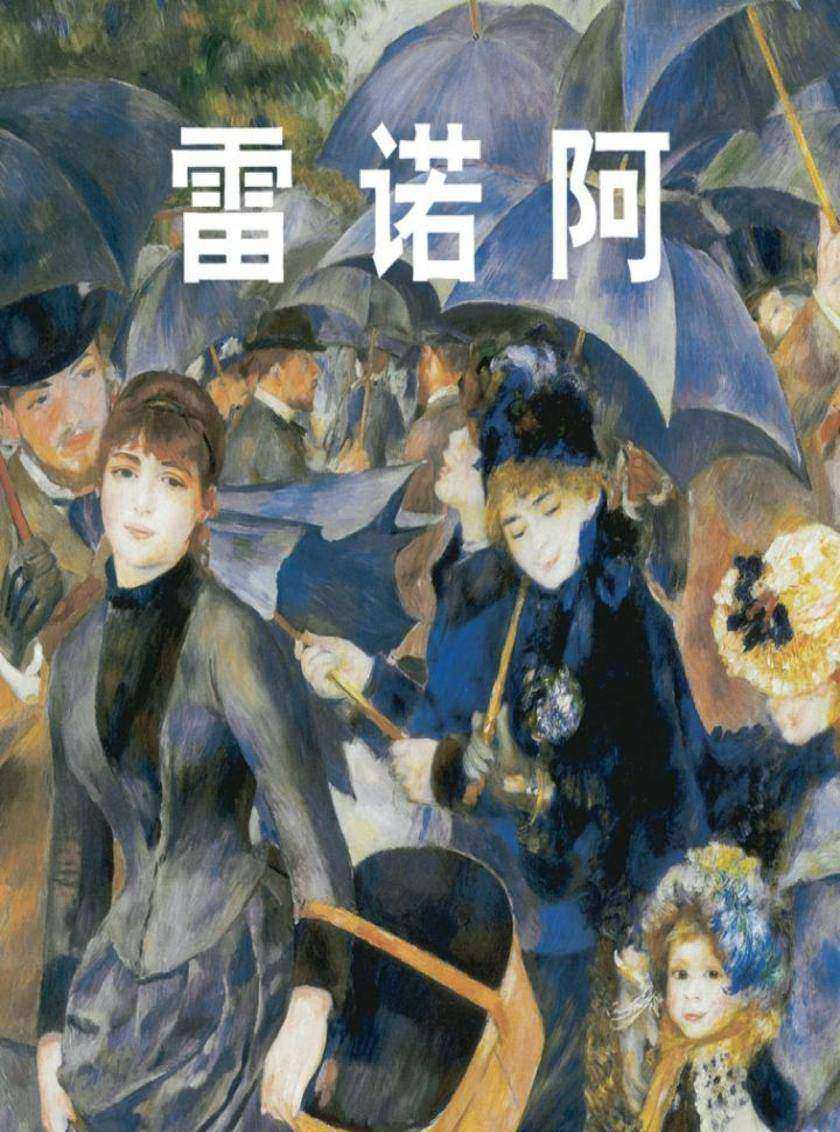
Renoir
¥40.79
皮埃尔-奥古斯特·雷诺阿生活和呼吸着的是一种新的艺术风格,对他来说,次印象派画展意义重大,他的画作得到艺术家们的肯定。1873年他搬到了蒙马特并在那里度过了一生,在那里有他需要的“外光”题材,他的模特,以及他的家人。在夏季,雷诺阿大量的室外画作是和莫奈一起完成,有时还有爱德华·马奈。在1877年,在第三次印象派画展,雷诺阿展示了超过二十余幅画作,并且在1880年后,他取得了“持续性的成功”。他受雇于富有的金融家,画作在伦敦和布鲁塞尔,以及1886年在法国乔治·帕蒂举办的第七届国际展览会上展出。
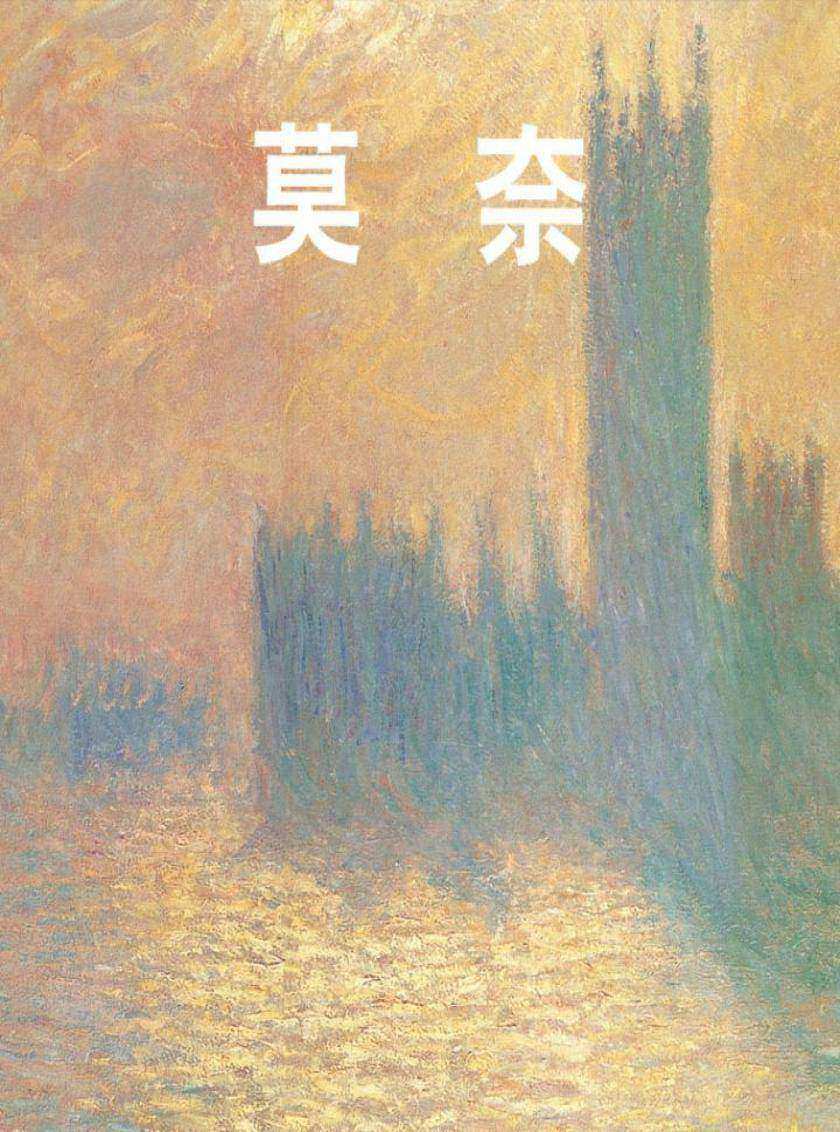
Monet
¥40.79
对于克劳德·莫奈,“印象派大师”的称号始终是他自豪的源泉,他始终是一名坚定的印象主义者直到生命终结,或许因为只坚持印象艺术的创作,放弃了很多机会但是他有惊人的天赋作支撑。他只创作风景画,并且他达到了同时代人无可以超越的完美程度。当一个记者问他的画室在哪,他回答道:“我的画室!我从来没有画室,我不明白为什么要把一个人关在屋子里。绘画,是的。涂色,不 。”然后,他指向塞纳河,指向山丘,指着小镇的剪影,他宣称:“这里就是我的画室。”莫奈的一个朋友,作家奥克塔夫·米尔博写到,他完成了一个奇迹,在画布上重新创造出了几乎不可能被捕获的景象:他用无数的倒影把阳光重塑。

Cézanne
¥40.79
让我们去发现保罗·塞尚(Paul Cezanne)的作品,他对于技巧和形式的探讨定义了绘画的后印象主义运动,也为立体主义的出现搭建了艺术的舞台。他大胆地运用亮丽的色彩,影响了之后好几代艺术家,也让今天的我们感到惊喜和愉悦。这本Mega Square收录了大量这位重要的法国画家的作品——当然,对于任何一位艺术粉丝来说,都是一份至上的礼物。

Chagall
¥40.79
Marc Chagall was born into a strict Jewish family for whom the ban on representations of the human figure had the weight of dogma. A failure in the entrance examination for the Stieglitz School did not stop Chagall from later joining that famous school founded by the Imperial Society for the Encouragement of the Arts and directed by Nicholas Roerich. Chagall moved to Paris in 1910. The city was his “second Vitebsk”. At first, isolated in the little room on the Impasse du Maine at La Ruche, Chagall soon found numerous compatriots also attracted by the prestige of Paris: Lipchitz, Zadkine, Archipenko and Soutine, all of whom were to maintain the “smell” of his native land. From his very arrival Chagall wanted to “discover everything”. And to his dazzled eyes painting did indeed reveal itself. Even the most attentive and partial observer is at times unable to distinguish the “Parisian”, Chagall from the “Vitebskian”. The artist was not full of contradictions, nor was he a split personality, but he always remained different; he looked around and within himself and at the surrounding world, and he used his present thoughts and recollections. He had an utterly poetical mode of thought that enabled him to pursue such a complex course. Chagall was endowed with a sort of stylistic immunity: he enriched himself without destroying anything of his own inner structure. Admiring the works of others he studied them ingenuously, ridding himself of his youthful awkwardness, yet never losing his authenticity for a moment. At times Chagall seemed to look at the world through magic crystal – overloaded with artistic experimentation – of the Ecole de Paris. In such cases he would embark on a subtle and serious play with the various discoveries of the turn of the century and turned his prophetic gaze like that of a biblical youth, to look at himself ironically and thoughtfully in the mirror. Naturally, it totally and uneclectically reflected the painterly discoveries of Cézanne, the delicate inspiration of Modigliani, and the complex surface rhythms recalling the experiments of the early Cubists (See-Portrait at the Easel, 1914). Despite the analyses which nowadays illuminate the painter’s Judaeo-Russian sources, inherited or borrowed but always sublime, and his formal relationships, there is always some share of mystery in Chagall’s art. The mystery perhaps lies in the very nature of his art, in which he uses his experiences and memories. Painting truly is life, and perhaps life is painting.

Picasso
¥40.79
Picasso was born a Spaniard and, so they say, began to draw before he could speak. As an infant he was instinctively attracted to artist’s tools. In early childhood he could spend hours in happy concentration drawing spirals with a sense and meaning known only to himself. At other times, shunning children’s games, he traced his first pictures in the sand. This early self-expression held out promise of a rare gift. Málaga must be mentioned, for it was there, on 25 October 1881, that Pablo Ruiz Picasso was born and it was there that he spent the first ten years of his life. Picasso’s father was a painter and professor at the School of Fine Arts and Crafts. Picasso learnt from him the basics of formal academic art training. Then he studied at the Academy of Arts in Madrid but never finished his degree. Picasso, who was not yet eighteen, had reached the point of his greatest rebelliousness; he repudiated academia’s anemic aesthetics along with realism’s pedestrian prose and, quite naturall
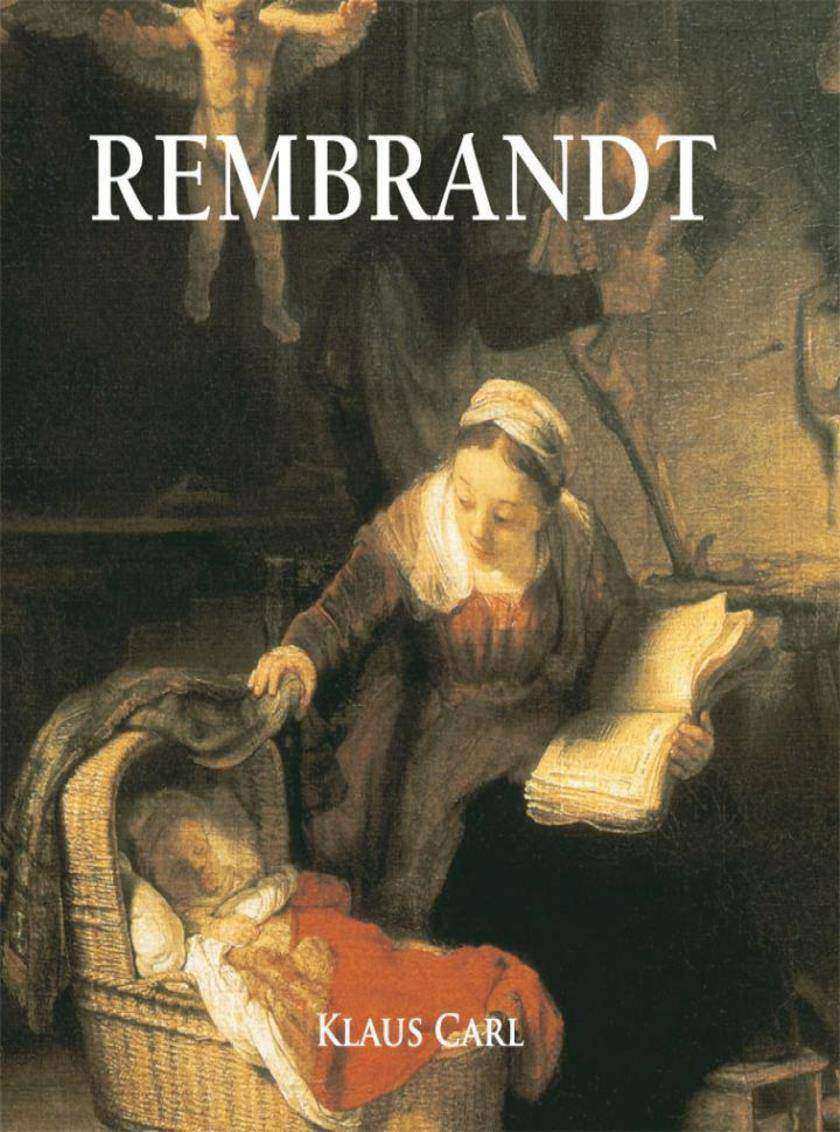
Rembrandt
¥40.79
Rembrandt is completely mysterious in his spirit, his character, his life, his work and his method of painting. What we can divine of his essential nature comes through his painting and the trivial or tragic incidents of his unfortunate life; his penchant for ostentatious living forced him to declare bankruptcy. His misfortunes are not entirely explicable, and his oeuvre reflects disturbing notions and contradictory impulses emerging from the depths of his being, like the light and shade of his pictures. In spite of this, nothing perhaps in the history of art gives a more profound impression of unity than his paintings, composed though they are of such different elements, full of complex significations. One feels as if his intellect, that genial, great, free mind, bold and ignorant of all servitude and which led him to the loftiest meditations and the most sublime reveries, derived from the same source as his emotions. From this comes the tragic element he imprinted on everything he pa

Van Gogh
¥40.79
来吧,来翻来书页欣赏优美的画作,来探索后印象主义的创造性天才——文森特·梵高(Vincent van Gogh)。生动活泼的色彩,异想天开的画笔,这些画作让我们能够洞察梵高波动的内心世界。这本Mega Square的小册子带你领略这位成就非凡的画家。




 购物车
购物车 个人中心
个人中心



